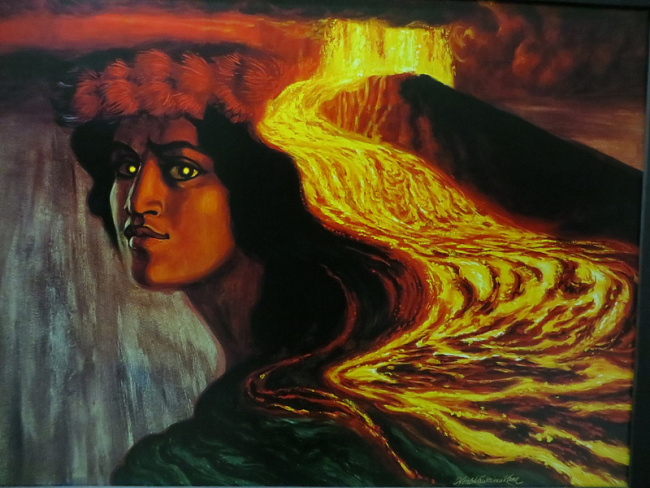Kinesthetics
Dancing is not getting up any time painlessly like a speck of dust blown around in the wind. Dancing is when you rise above both worlds, tearing your heart to pieces and giving up your soul.
- Mevlana Jalaluddin Rumi -
Sometimes we’ll come across a word or phrase that we’ve heard of, but frankly couldn’t use in context (without sounding like a potential git). – Or if you’re like me, you’ll come across them at an alarming rate.
Recently I came across “kinesthetic learning” whilst lazily browsing through a dance blog. Not my usual ground for foraging scientific thoughts – and I thought little of it at first. I was far too busy discovering that “Nirvana” isn’t just a band I loved, but also “a place beyond suffering” (I should have guessed, really), that “Dharma” isn’t just a suspicious project on TV’s LOST (it’s something to do with spiritual teachings), and that the Persians have four levels of friendship (akin perhaps to the Greek’s three states of love). Kinesthetic learning meanwhile, was made to sound like a beatific combination of movement, mysticism and tantric dance – a brain-based homage to Pele, the Hawaiian goddess known for her fiery, creative passion.

Deciding to finally do a little checking up, I was surprised to find kinesthetic learning holds a decent field of research. While many of us associate it with the student mantra of different types of learning, it extends beyond this. Kinesthetic learners are typically people who learn by tactile sensations, by movement – of their own body, of movement through space, of objects. They’re those wacky individuals who seem to associate concepts with a physical change – making them perfect as students of dance, medicine and other physically-intensive subjects. However - kinesthetic learning also turns out to be a useful tool in studying emotional cognition, mirror neuron interaction and cognitive performance enhancement.

A paper published in 2013 shows the research carried out on some medical students – (the classic test subject) – looking at how deeply they understood ideas and remembered concepts. They found that with this more interactive, activity-based approach, learning on a deeper level improved1. This may perhaps relate to how increased movement may improve our brain’s plasticity and allow more diverse knowledge to sink in.
Intensive dance training for example has been found to increase plasticity: Professional ballet dancers hold a smaller volume of grey and white brain matter compared to non-professionals2. They require reduced neural activity when they’re already skilled as opposed to those who are non-skilled in a task.
Less clinically, studies of kinaesthetic empathy3: that is, our feeling of “experiencing” the dance for ourselves whilst watching a performance has had interesting applications for not only the neural bases for emotion4 but for helping treat diseases such as autism5. Linking the phenomenological idea of intersubjectivity (the engagement of the self with the others around you) with neuroscience by our mirror neuron system, we can examine how a sensory interaction with others activates various sensorymotor regions of our own brains. So, psychopathic tendencies for example are associated with decreased motor empathy in the mirror neuron system as opposed to normal subjects whose “pain areas” activate upon watching harrowing footage6.

On a similar note, the practice of learning to dance and choreographing your movements to a partner uses the same intersubjective system. Studies on dance and dance movement therapy show that by understanding each other’s motor intentions and emotions, we experience a form of “empathic dancing” to enable building a smooth dance improvisation7 8.
While anthropologists think dance may have originated as long ago as 1.8 million years when Homo ergaster’s bipedal anatomy enabled a full range of body movements, it could surprisingly be a vital brain-trainer that influences our health. Dancing and the associated mental connections made, not only play a factor in attractiveness but have been shown to stem the decline of cognitive, motor and perceptual abilities among the elderly8 9. Certainly, kinesthetic learning is more than just an exam technique. Rather it may play a key role in how children learn to connect, how deeper concepts are embedded and how we stem decline in our later years.
1. Samarakoon, L., Fernando, T. & Rodrigo, C. Learning styles and approaches to learning among medical undergraduates and postgraduates. BMC medical education 13, 42 (2013).
2. Hänggi, J., Koeneke, S., Bezzola, L. & Jäncke, L. Structural neuroplasticity in the sensorimotor network of professional female ballet dancers. Human brain mapping 31, 1196–206 (2010).
3. Jola, C., Ehrenberg, S. & Reynolds, D. The experience of watching dance: phenomenological–neuroscience duets. Phenomenology and the Cognitive Sciences 11, 17–37 (2011).
4. Grosbras, M.-H., Tan, H. & Pollick, F. Dance and emotion in posterior parietal cortex: a low-frequency rTMS study. Brain stimulation 5, 130–6 (2012).
5. Samaritter, R. & Payne, H. Kinaesthetic intersubjectivity: A dance informed contribution to self-other relatedness and shared experience in non-verbal psychotherapy with an example from autism. The Arts in Psychotherapy 40, 143–150 (2013).
6. McGarry, L. M. & Russo, F. a. Mirroring in Dance/Movement Therapy: Potential mechanisms behind empathy enhancement. The Arts in Psychotherapy 38, 178–184 (2011).
7. Ribeiro, M. M. & Fonseca, A. The empathy and the structuring sharing modes of movement sequences in the improvisation of contemporary dance. Research in Dance Education 12, 71–85 (2011).
8. Sevdalis, V. & Keller, P. E. Captured by motion: dance, action understanding, and social cognition. Brain and cognition 77, 231–6 (2011).
9. Kattenstroth, J.-C., Kalisch, T., Holt, S., Tegenthoff, M. & Dinse, H. R. Six months of dance intervention enhances postural, sensorimotor, and cognitive performance in elderly without affecting cardio-respiratory functions. Frontiers in aging neuroscience 5, 5 (2013).